“Don’t throw out the baby with the bathwater. Give the congestion pricing program at least one full year to operate unfettered and then re-evaluate or make necessary adjustments where needed.”
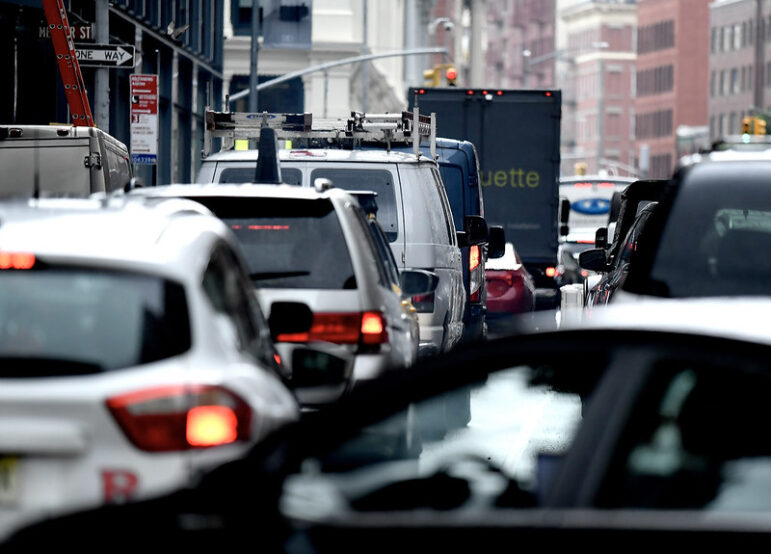
Marc A. Hermann / MTA
Congestion in Manhattan in 2023.As if the tsunami of news alerts hurling out of Washington D.C. over the past few weeks weren’t stressful enough, President Donald Trump is saying he has a plan to kill congestion pricing in Manhattan. He told the New York Post he’d snuff out the program through the federal Department of Transportation by withholding federal funds or reopening the environmental review process that authorized the toll plan.
The president threatened to withhold part of a $36 billion in five-year federal transportation funding package to New York if the state doesn’t do away with the program.
Trump told the Post’s Miranda Devine he believes he can work out a deal with Gov. Kathy Hochul to end the tolls. The governor herself has said she’s been in conversations with the president about the future of congestion pricing. A Feb. 10 report in the New York Times said staff-level conversations between the governor’s office and the White House continued last week and that the governor’s staff had argued the program was working, and provided data to back up their claims.
It would be reckless, shameful and arrogant to kill the congestion pricing program, especially while in its infancy. Already, just barely a month after the program went into effect, 59 percent of New York voters—that’s six in 10—say President Trump should “allow congestion pricing in New York City to continue” according to a Feb. 3 Morning Consult Poll.
The poll shows 51 percent of respondents who drive into the congestion zone at least a few times per month support the tolls. Three in four voters who regularly drive into the central business district say they experience faster commutes into and out of Manhattan, according to the poll.
The MTA also recently presented data showing commute times were 17 percent faster at the Lincoln Tunnel and 48 percent percent faster at the Holland Tunnel in January 2025, compared to January 2024. Trip times on the Williamsburg Bridge and Queensboro Bridge have been 30 percent faster, data showed.
I’m seeing some of the changes myself, and like the majority of New York City residents, I don’t even own a car. Almost every weekday morning, I commute by bicycle from Carroll Gardens in Brooklyn, over the Brooklyn Bridge and through lower Manhattan. After work, I often ride up to Chelsea or the East Village and sometimes further into Midtown. From the east river bridges to the north south avenues and the east west arteries, I’m seeing less traffic, hearing fewer honking horns and not seeing as many miserable looking drivers, clearly frustrated they’re stuck in traffic, going nowhere, losing time.
Less congestion also translates into less aggressive drivers and safer conditions for the city’s pedestrians. For example, crossing Canal Street or Delancey Street, especially around rush hour, typically takes courage and skill, as drivers often ignore traffic signals and make whatever maneuvers necessary to move just a few inches to the east or west—pedestrians, even in crosswalks, be damned.
However, the times I’ve crossed Canal and Delancey since the tolls were enacted have been stress free. I’ve heard similar accounts from others, including nearby residents. It would appear that much of the chaos on both those major arteries has been somewhat tamed, at least for now, as drivers avoid the congestion relief zone to cross from one side of Manhattan to the other.
More solid evidence of safer streets showed up in early data crunched by Streetsblog, which found that roadways inside the congestion relief zone are experiencing fewer crashes and fewer injuries. In the first 12 days of congestion pricing—Jan. 6 through Jan. 17— 37 people were injured in 90 total reported crashes, down from 76 injuries in 199 crashes over the same 12-day period in 2024, according to Streetsblog.
So, here’s an idea that’s been floated by experts and makes political sense in the age of Trump: Don’t throw out the baby with the bathwater. Give the congestion pricing program at least one full year to operate unfettered and then re-evaluate or make necessary adjustments where needed.
As part of that deep dive evaluation process, conduct extensive polling to see how New Yorkers and commuters into the city feel about the program then. After all, in other global cities where congestion pricing has been implemented, residents warmed up to the benefits after initial resistance.
As Sarah Kaufman, director of New York University’s Rudin Center for Transportation told VOX in early January, “In both London and Stockholm, residents were resistant at first but eventually they experienced the promised benefits of reduced traffic and better public transportation and eventually came around to the idea.”
President Trump called congestion pricing “destructive to New York.” That’s simply not true. Although we’re still in the earliest of early stages, it’s probably safe to say congestion pricing is doing precisely what it’s meant to do—reduce traffic and the plethora of economic and health costs caused by congestion.
Drivers around New York City wasted 102 total hours of their lives sitting in traffic in 2024, the equivalent monetary loss of $1,826 per driver, which translates to a city-wide total of $9.5 billion according to a report from transportation and data analytics firm INRX. Those are in fact “destructive” numbers for New Yorkers to ponder.
Although William Vickery, the late Nobel Prize winning economist and Columbia University professor who first proposed congestion pricing in 1952, knew his ideas weren’t always initially well-received by political leaders and the public, he seemed to believe they’d change their tune once they realized the benefits of a congestion pricing program in real time. I can’t help but agree.
“People see it as a tax increase, which I think is a gut reaction,” said Professor Vickery in a 1992 paper. “When motorists’ time is considered, it’s really a savings.”
Cody Lyon is a former journalist and a Manhattan Community Board 1 member.


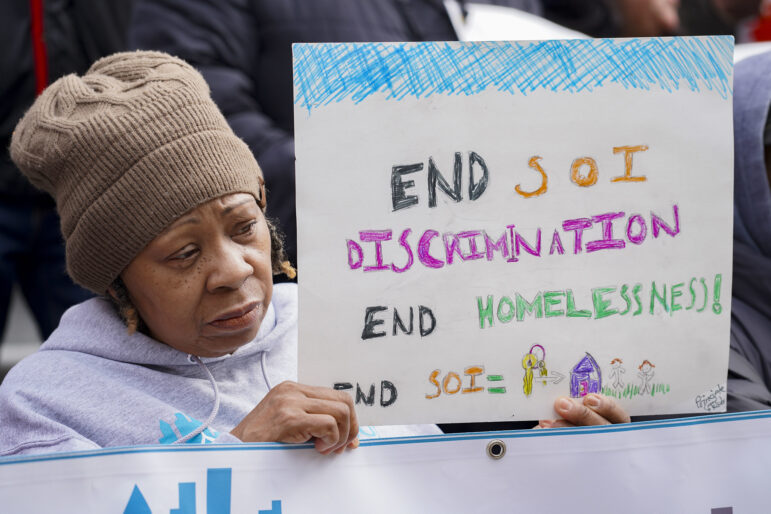
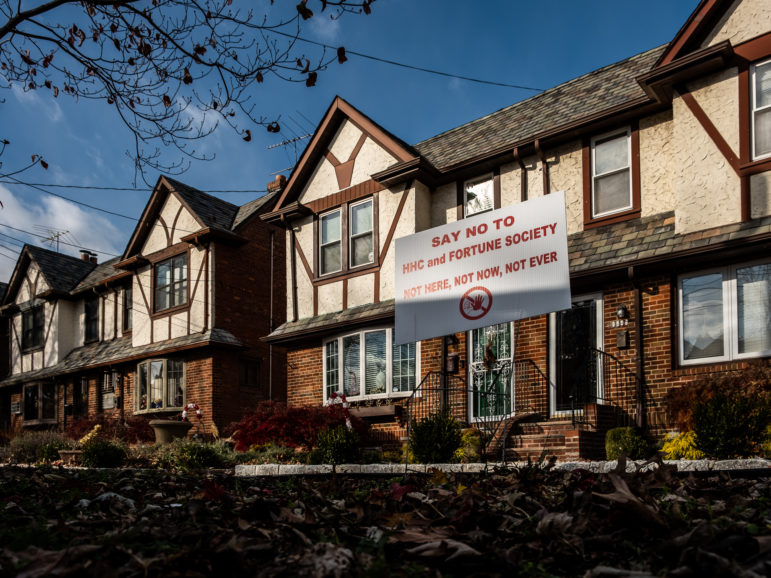
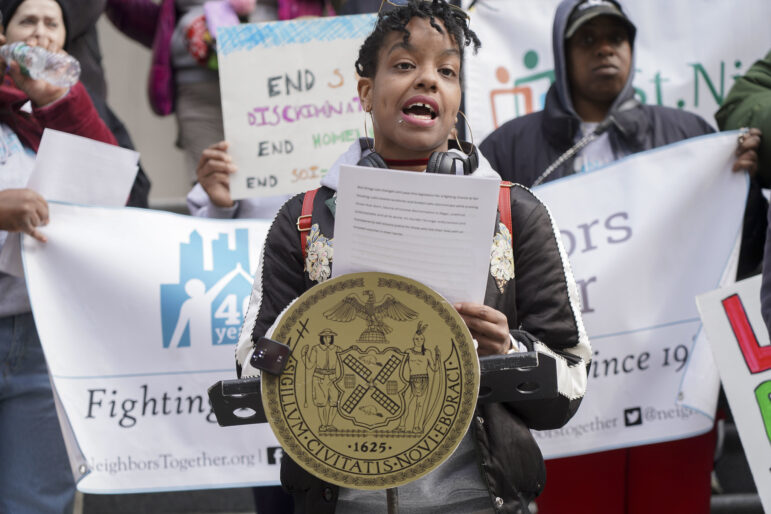
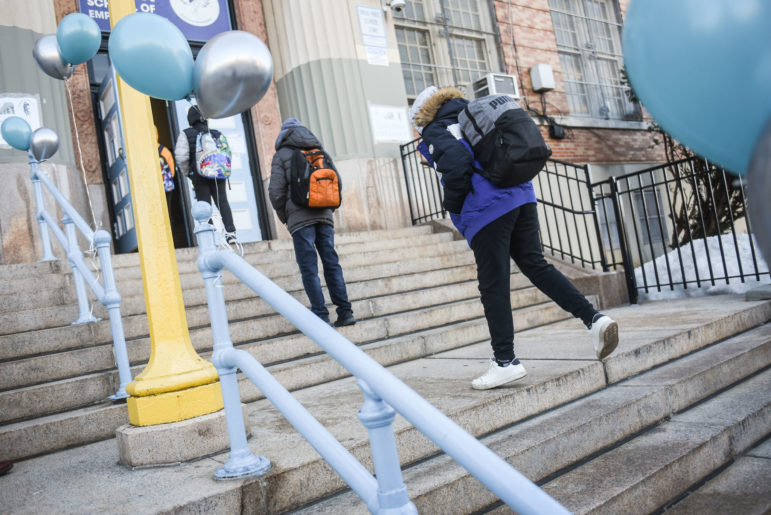
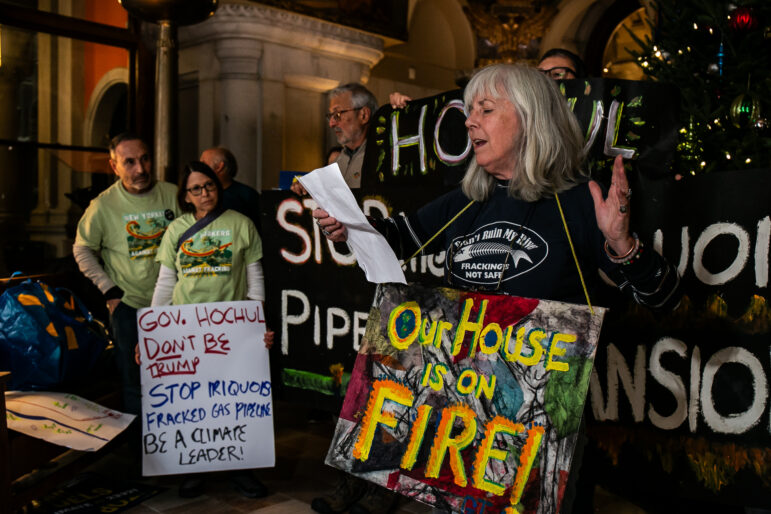


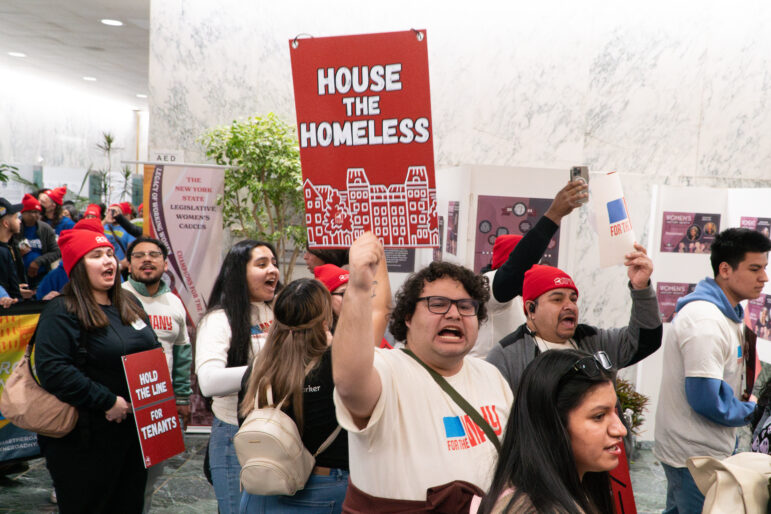
4 thoughts on “Opinion: Trump is Wrong—Congestion Pricing is Working”
I don’t think you fully understand what is going on here.
Trump and other Republicans don’t want to eliminate government agencies and end policies like congestion pricing because they believe they don’t work. They want to do these things _because_ they are working. They mean to do harm on purpose. They want to destroy our country.
Reasonable points like you are making are not going to sway them. If anything it will encourage them and let them know they are on the right track. The more you want to save something, the more that signals to them it is important and worth destroying.
Trump isn’t exactly known for data-driven decionmaking. I agree that congestion pricing, so far, has been wonderful. If anything, it has overdelivered, and is broadly liked, even by drivers. And I bet his real estate buddies agree Manhattan is now a much more pleasant place. Congestion pricing is very good for business.
But I don’t think that Trump cares. He appears hellbent on destroying everything good about the U.S. The good thing is I don’t think he has the law on his side, given congestion pricing has already passed and been implemented. The tolling program was approved using the same language as tolling programs in very red states like Florida and Texas, BTW. The courts would likely stop him.
Congestion pricing may work at the moment, but it’s an example of our failure to build reliable public transit that makes it necessary in the first place. Therefore it’s merely another bandaid that will have to be replaced with another one.
As for reliable regional public transport, forget that: this is NYC where it takes more than a century to build just a portion of the 2nd avenue subway.
People you may have elected are allowed to pass laws regulations etc. to take your money. They didnt earn it but they work hard at creating ways in taking it from you. Years ago this would have been called “unfair taxation” now its been given a label by some creative agency.